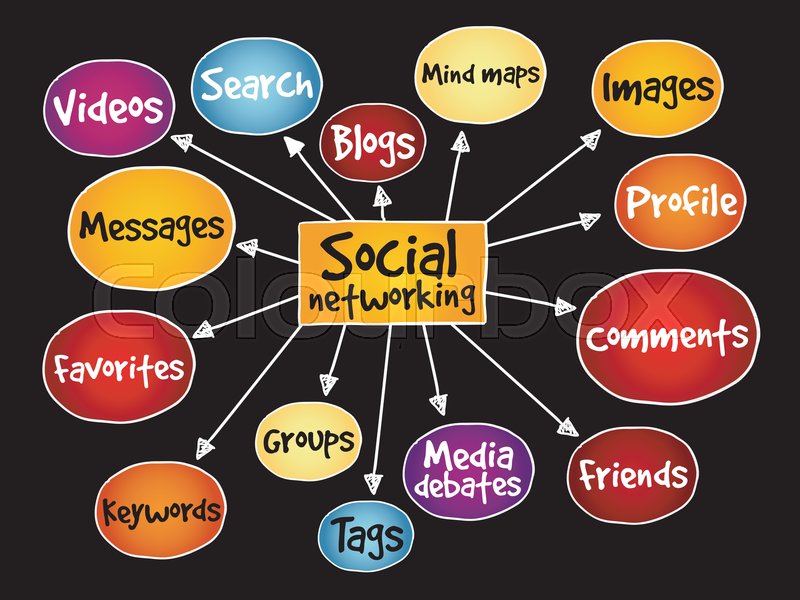
Your social media pages have thousands of likes and subscribers, and you think, “Cool, it seems to work. But sooner or later the question arises: “Why aren’t there more customers registered on the site? Why are there no additional sales? Something is wrong here.
You’ve lost your ego, but that’s not enough value for business. If you thoughtfully use analytics in social networks, you will find out what subscribers and customers expect from your business. So, you can find out.
- that your audience loves and does not love
- how many subscribers come to your site
- how passionate your subscribers are about your posts
- the percentage of traffic that is converted into a desired target (e.g., sale).
Significant indicators that matter to most companies
COVERAGE
One of the best indicators for tracking is coverage. It’s a measure of how many users your posts see. The higher the number, the higher the rating of your content.
While coverage is not the only indicator of success, it shows how attractive your profile and content is to new members of the audience. How do I measure and track it?
Analyze the reach of your campaign. How many people have seen your content (e.g., a Facebook campaign)? The more people see your campaign, the more likely you are to get a new influx of visitors to your site.
Assess the coverage of individual posts. How many people saw the post? Find out which post has collected more views than the others and take it into service in the future.
Coverage is usually displayed on a page with information (or tab) of your profile in social networks.
REFERRALS
Determine how many people your content in social networks leads to your site on referral traffic.
Google Analytics is a great resource for tracking referrals. Go to the Acquisition -> Social section and see which of your social networks attract traffic to your site and how they are converted.
To improve referrals’ traffic, create more attractive calls to action in your social media postings. Give people a reason to go to your site.
BOUNCE RATE
Do users often visit your home page, but never go to your site? To see how often this happens, check your bounce rates.
If you have a high rate, then maybe your visitors are interested in your publication on social networks, clicked on the link, but the content of the site they did not like, and they quickly left.
How to measure and track the rate of refusals in social networks? You’re probably working with the overall rejection rate on your site with Google Analytics:
To see the bounce rate for social media traffic, go to Acquisition > All Traffic, then segment by channel. For each social channel, look carefully at the failure rate. You can sort the rates from high to low to see which channels to focus on.

How can you reduce your social media failure rate?
Make sure that your social media posts contain links to your website. If you give a part of the content on social networks and a link to your blog, the blog article will be better received. You can also offer more relevant content on your landing page so that the visitor wants to go to other pages of your site, as well as add more attractive calls to action.
SUBSCRIBER GROWTH RATE
The speed of growth in the number of subscribers is another important indicator of your audience’s engagement. It will help to determine whether you publish posts regularly enough to increase your audience and whether your posts are in the interest of your target audience.
How to measure and track the growth rate of the number of subscribers? Each social network displays the number of your subscribers and their growth (or decline). Estimate your audience and set constant measurement intervals.
For example, if you are interested in the impact of individual posts, you need to look at the numbers before and after in the short term. If you want to track the impact of an entire campaign, you should look at the difference in the longer term.
If you have a slow growth rate, change the frequency of publications, content topics, format, etc. For example, if you publish text content, switch to video. But remember, you can’t check everything at once, or you won’t know what caused the growth.
ACTIVITIES
Shows how many people interact with your content on social media. Perhaps your audience is more interested in infographics than text. Or maybe they prefer one topic to another. All of this will help you make future decisions.
A high level of engagement indicates that your brand is interacting well with its audience. Although I initially pointed out that “likes” are often an indication of ego, when used properly and in combination with other engagement metrics, they can be useful.
Analyze these engagement metrics:
- Average involvement – number of “likes”, actions, comments for the set time (for example, for the week, for the month).
- Gain factor – the number of publications divided by the number of people who have viewed your post.
- Virus rate – the total number of actions divided by the total number of views/coverage times 100. For example, if 20 people shared a publication that received 1,000 views, the virulence rate would be 2% (the higher the %, the higher the virulence).
DEMOGRAPHICS OF THE AUDIENCE ON SOCIAL MEDIA
Don’t forget about the demographics of your subscribers – gender, income, age, education, location, etc. Find out to what extent the demographic data matches the characteristics of the customer.
If they match, your content involves the target audience. If they do not match, change the content to make it more interesting to your target audience (or assess whether the target audience is the one).
You can use Facebook Audience Insights, Instagram Insights, or your preferred social media metrics to easily break down your audience by demographic characteristics.
FAN BASE
The people who promote your content or business on their social media pages are your fans (i.e. your most loyal followers). Count their number and find out how many people mention your brand and share your content on social media.
The growth of the fan base is different from the growth of subscribers. Subscribers are interested in your brand and fans live with it. These are top-level subscribers. They are more likely to watch your video or read a post, and then they will “like” and share it.
If you have a small fan base, look at the competitors and find out what is different about its strategy. Repeat this, but do it better.
Social media work wonders if you keep track of your performance regularly and wisely. Use these seven indicators to improve your content and better plan your content strategy.

